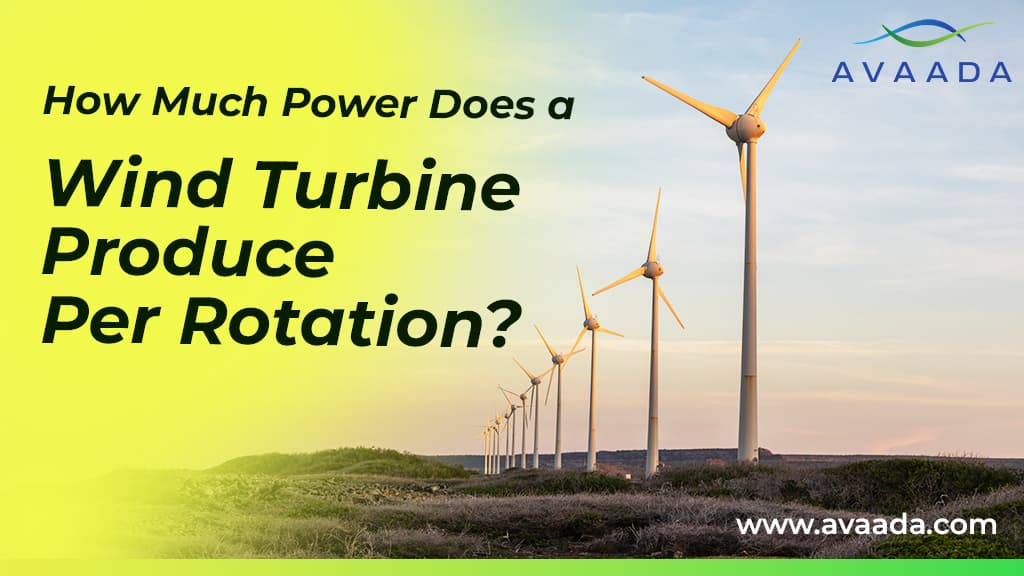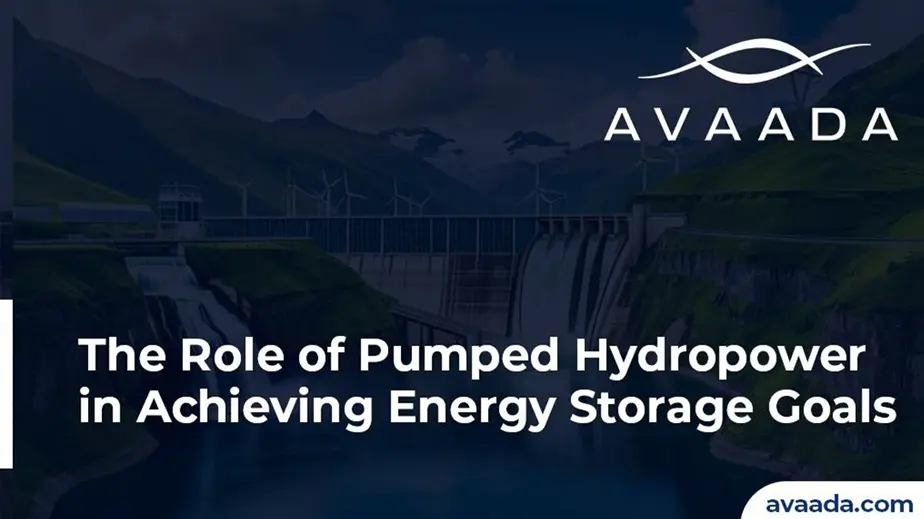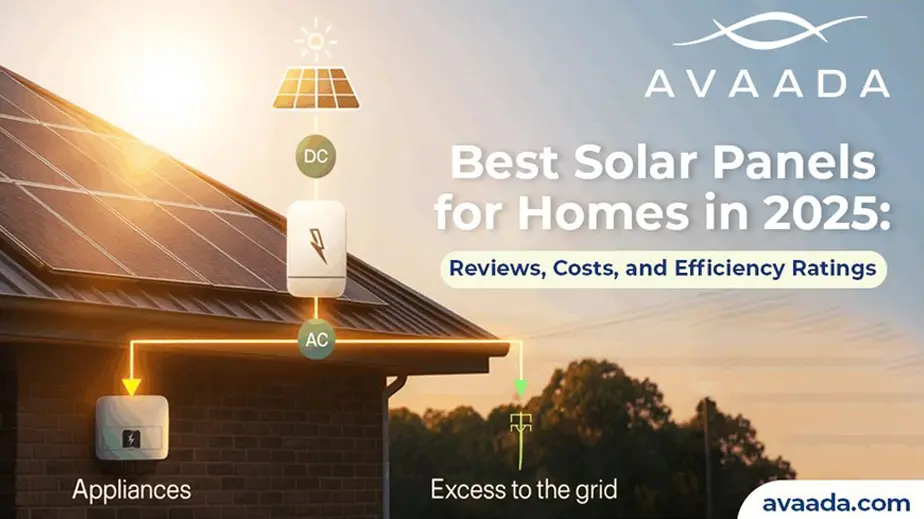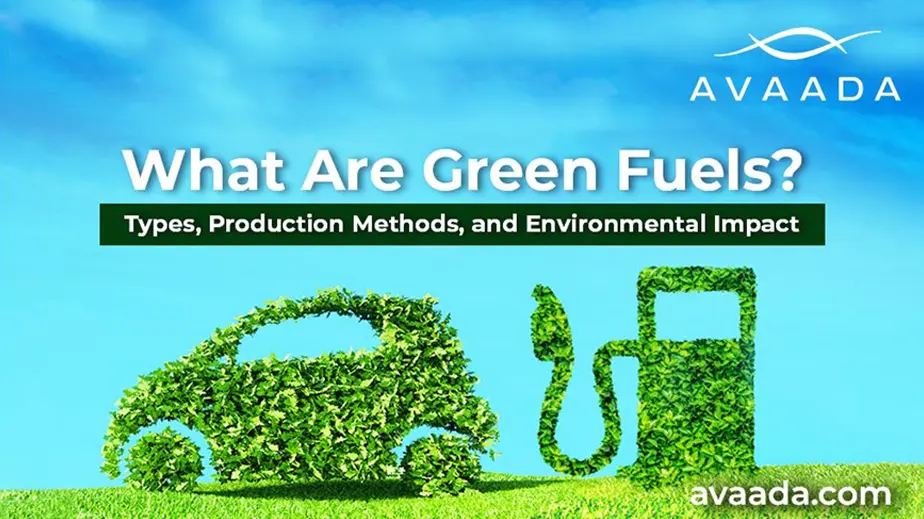Wind energy is now the backbone of renewable power, providing clean, sustainable electricity to millions of homes and businesses around the world. As the world increasingly looks to eco-friendly sources of energy, knowledge of how turbines generate power has become more important than ever. One of the most common questions asked is: “How many watts does a wind turbine put out per revolution?”. While the answer depends on a host of factors, we’ll examine some important elements that affect the power generated by wind and then delve into a detailed explanation of how turbines transform wind energy into usable power.
Understanding the Fundamentals of Wind Turbines
A wind turbine is an equipment used to harness kinetic energy from the wind into electrical energy.
Three main components comprise a wind turbine:
- The rotor blades.
- Nacelle
- Tower
The rotor blades capture the wind, making it rotate and subsequently generating electricity via the generator. Wind turbines are an integral part of wind power solutions offered by most leading companies in the wind sector across the globe.
The amount of energy a wind turbine generates per rotation depends on several factors. These are:
- Dimensions of the Turbine
- Wind Speed
- Turbine Design Efficiency
They all interact to control the amount of energy extracted from each rotation.
Learn how wind turbines survive storms and severe weather conditions.
How Wind Turbines Harness Energy
Prior to entering the gory details of power generation per revolution, it is important to understand how a wind turbine sucks up energy and transforms it. How much power a turbine produces can be derived using the following formula:
Power (P) = 0.5 × Air Density (ρ) × Swept Area (A) × Wind Speed³ (v³) × Efficiency (Cp)
- Air Density (ρ): Air density changes with altitude and temperature, although at the level of the sea, it is measured to be approximately 1.225 kg/m³.
- Swept Area (A): The area swept by the turbine blades. Large blades will mean that a turbine can tap more energy from the wind stream
- Wind Speed (v): The greatest factor is the velocity of the wind because power output has a direct relationship with a cube of wind velocity.
- Efficiency (Cp): This is the conversion efficiency of the turbine in bringing wind energy into mechanical energy, and is always limited to 59.3% by Betz’s limit.
Power Generation per Rotation
For every rotation of its blades by a wind turbine, a certain amount of energy is produced. That amount is not the same for all the turbines or for all conditions. To express power per rotation, we shall look into the relationship between the angular velocity of the rotor and the total energy produced.
1. Wind Speed and Power Output:
Wind speed impacts power production. An increase in the velocity of the wind raises the power generated by a wind turbine, but a wind turbine can only work effectively within a specific range of wind speeds, known as the cut-in and cut-out speeds. Most wind turbines have a cut-in speed of 3 to 4 m/s at which they start producing power and a cut-out speed of 25 m/s at which they cease working to prevent the occurrence of damage.
For example, assuming a mean wind velocity of 12 m/s, a 2 MW usual wind turbine will produce significant power, with each rotation generating significant amounts of that power. However, the power generated per rotation is significantly dependent on the size of the turbine and the speed at which the wind is moving.
Learn about the lifespan of wind turbines and whether their lifetime can be extended.
2. Blade Size and Swept Area:
The larger the swept area, the more of the power contained in the wind can be harnessed and transferred to energy production per rotation. Imagine a turbine whose rotor diameter is 100 meters-that is, a swept area of about 7,854 square meters. In each rotation, the blades sweep across this area, “catching” kinetic energy from the wind.
Electricity generated from a single rotation of a wind turbine operating at optimal speed can range between 1 to 4 kWh, depending on the size of the turbine and the wind conditions. Modern solutions to wind power work to optimize energy capture through longer blades and more efficient designs.
3. Rotational Speed and Power Output:
Larger turbines tend to turn slower, but they take up more energy as they make each rotation. For instance, a large utility-scale wind turbine may rotate between 10-20 RPM, while small turbines may operate as high as 60 RPM or more. Slower rotational speed notwithstanding, larger turbines can make more power due to increased capture of wind over a greater distance.
Each classic notion of wind speed corresponds to sufficient input to generate a few kilowatt-hours in one complete rotation of the large blades of a turbine. But this quantity is spread out over many rotations in time; the power per rotation needs to be averaged over some interval to yield a more sensible measure of energy.
Explore the potential of wind energy in India and its growing impact on the renewable energy sector.
Factors Affecting Energy Production
Many factors determine how much power a wind turbine produces per rotation:
- Wind Velocity: Wind velocities all through the day determine turbines. It is dependent on how wind velocity can allow turbines to produce as much energy as possible, and there is less variation in wind conditions all through the day hence meaning turbines produce more energy with each rotation. Turbines installed in areas with greater average wind velocities in comparison with other areas like offshore or open plains tend to produce more energy per rotation
- Maintenance and Efficiency: Compared to whatever energy is produced, generally speaking, the better the maintenance of the turbine coupled with design efficiency, the more power created, particularly with regard to the strength with which the turbine captures wind energy.
Conclusion:
Power Output in Kilowatts per Rotation for Wind Turbine It is determined through a wind turbine by the interaction of wind speeds, rotor size, and efficiency of the turbine to produce kilowatts, though in actuality, in an optimal state, large utility-scale wind turbines can generate more than several kilowatt-hours of electricity per rotation, depending on the variables related to environmental factors and specific design.
With the innovation and development of wind power solutions by companies in the wind energy sector, newer turbines are not only more efficient at capturing wind energy but also make sure that each rotation will have greater power. So, the importance of wind turbines is also in the clean energy future ahead of humans, and the capability of the turbines to produce power makes them visualize this clearly towards less dependence on fossil fuels.









